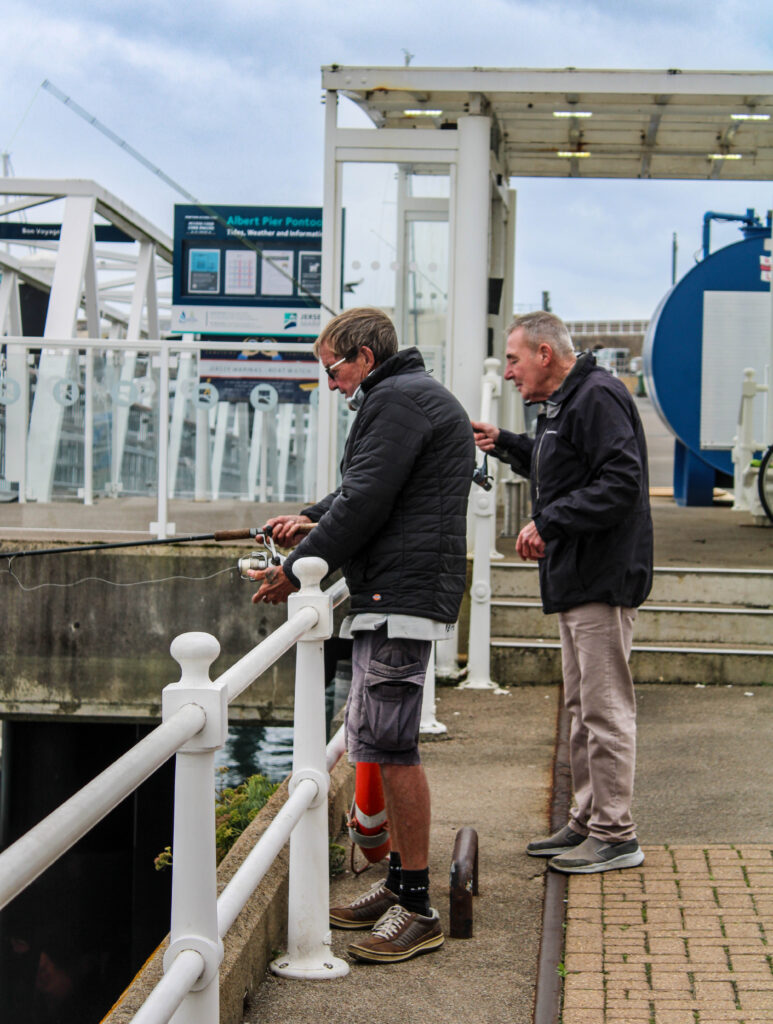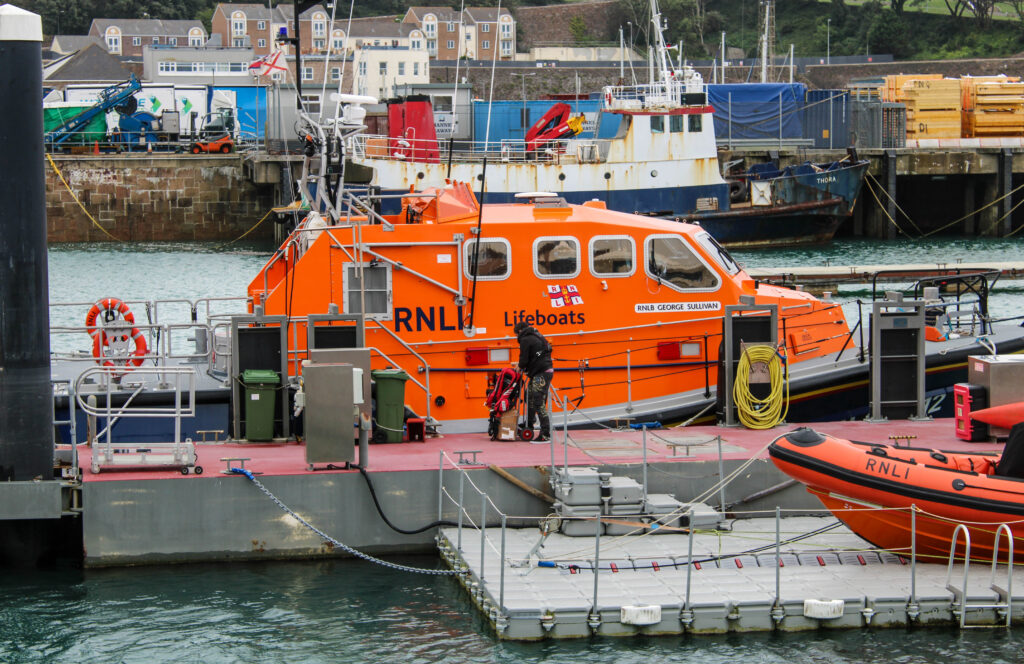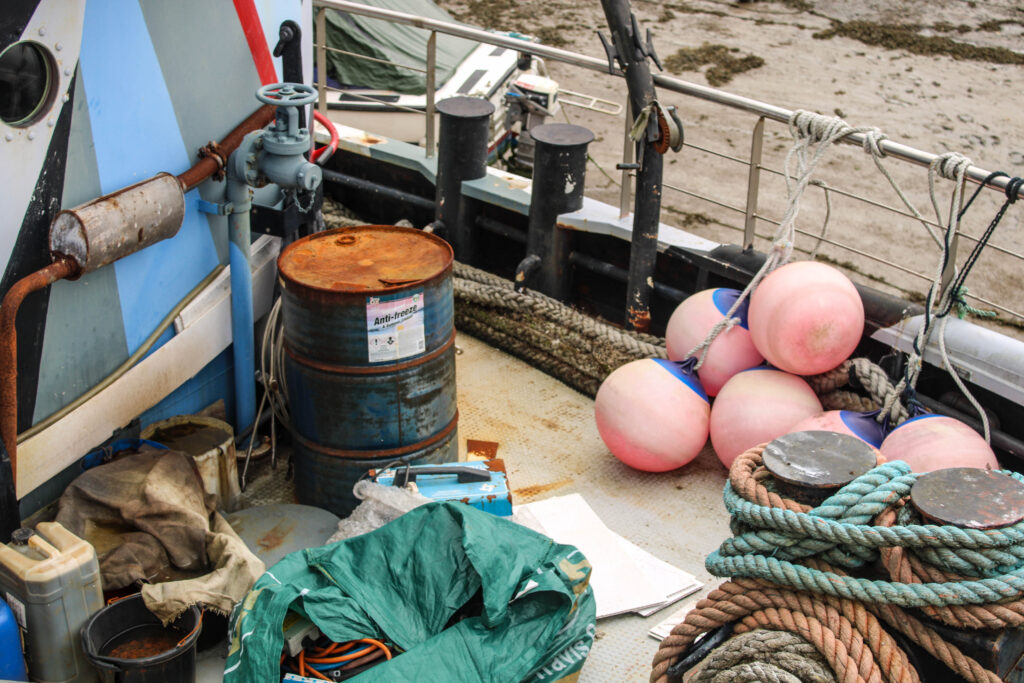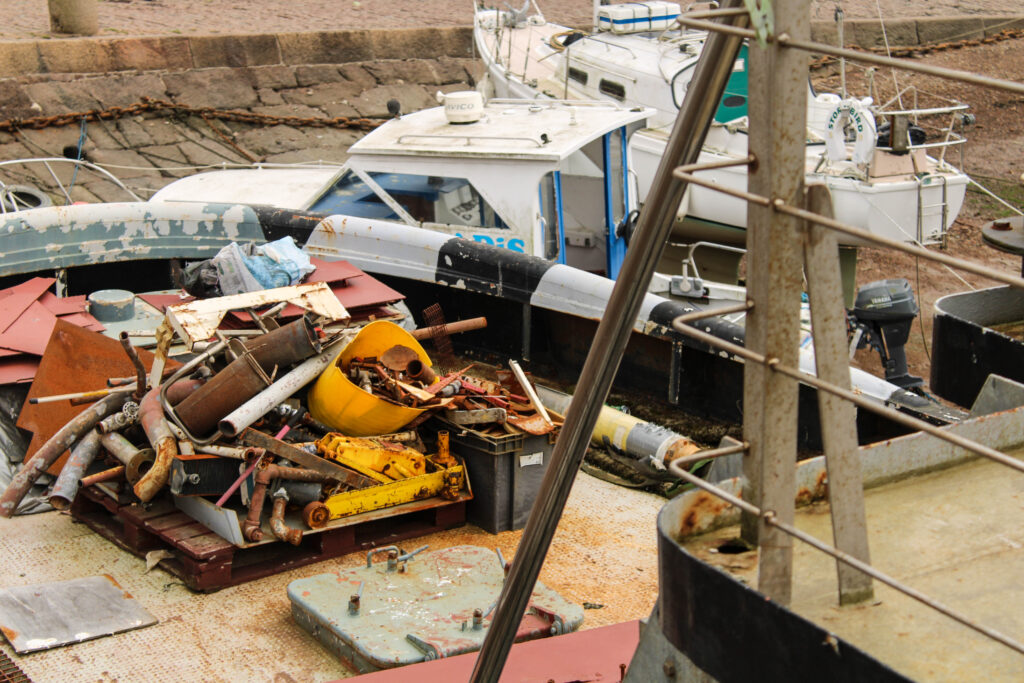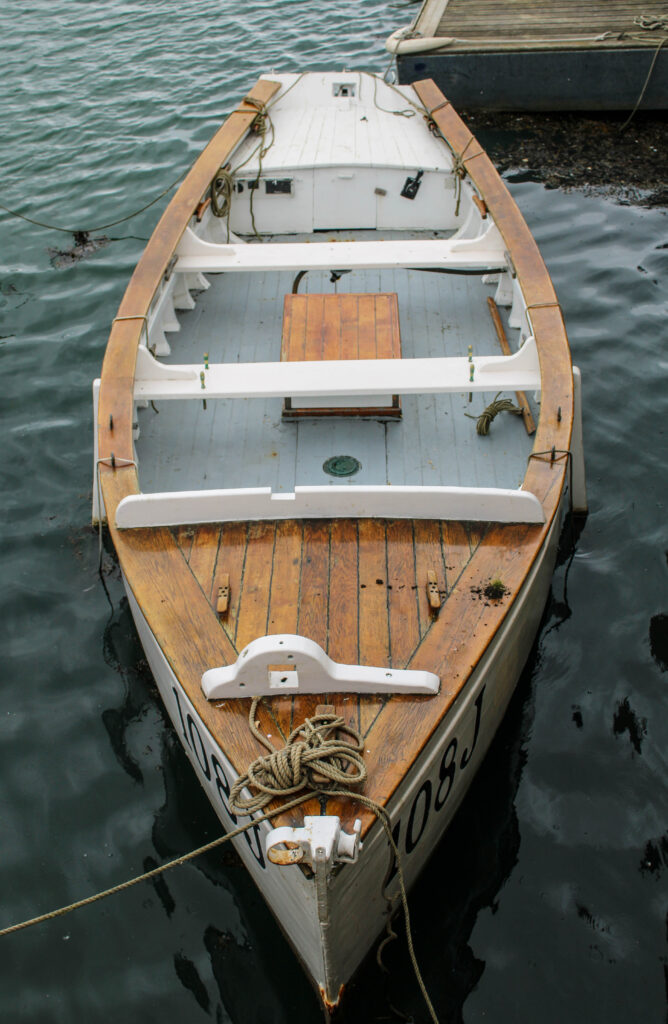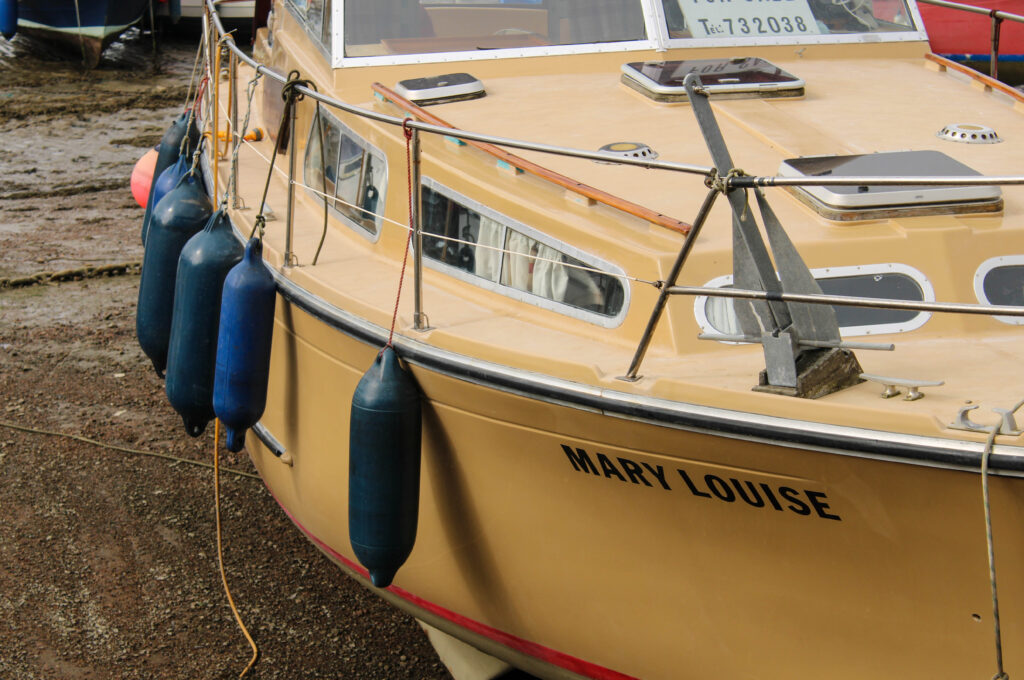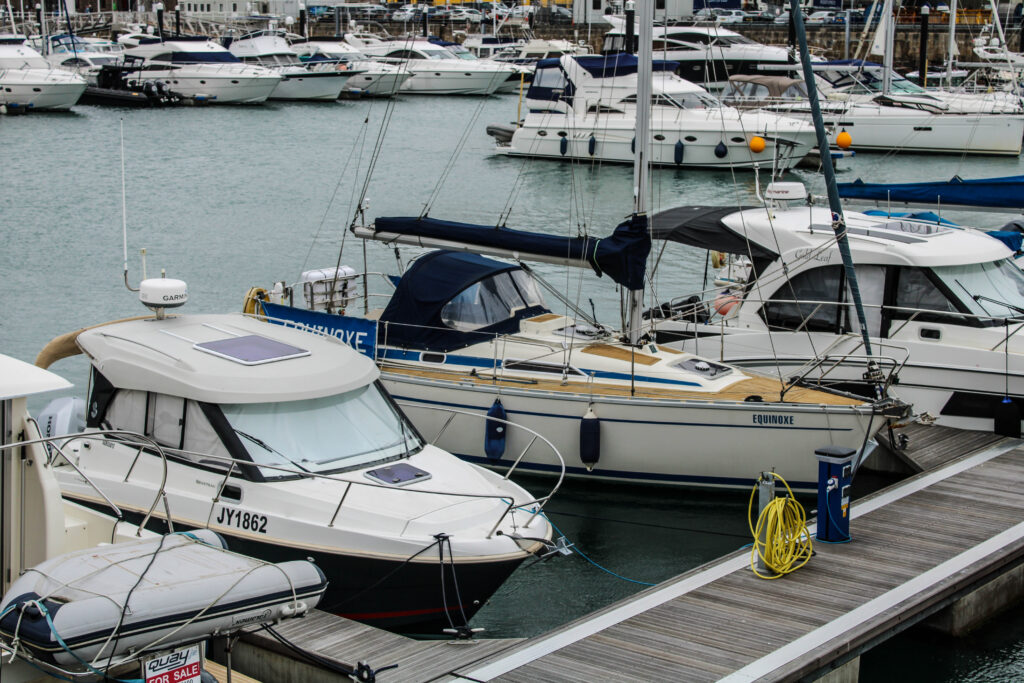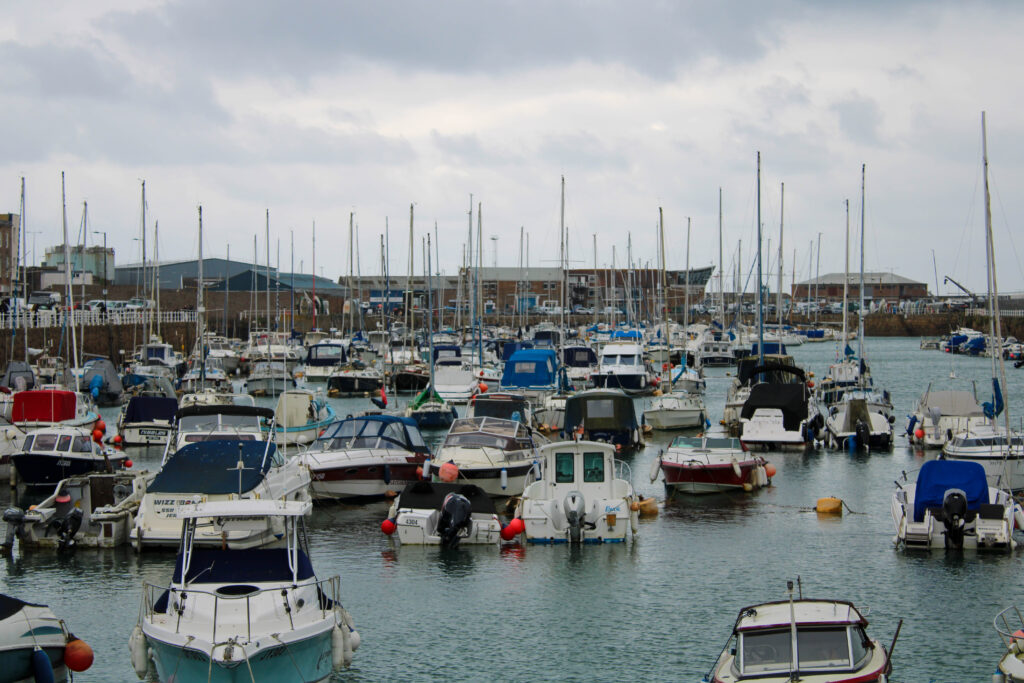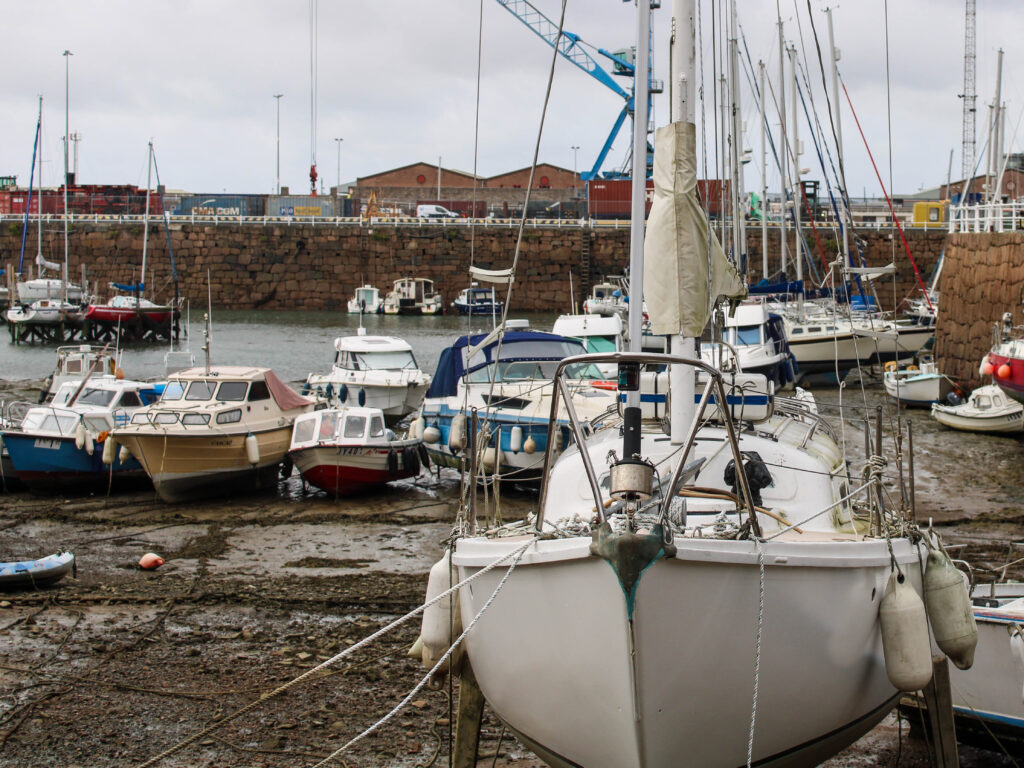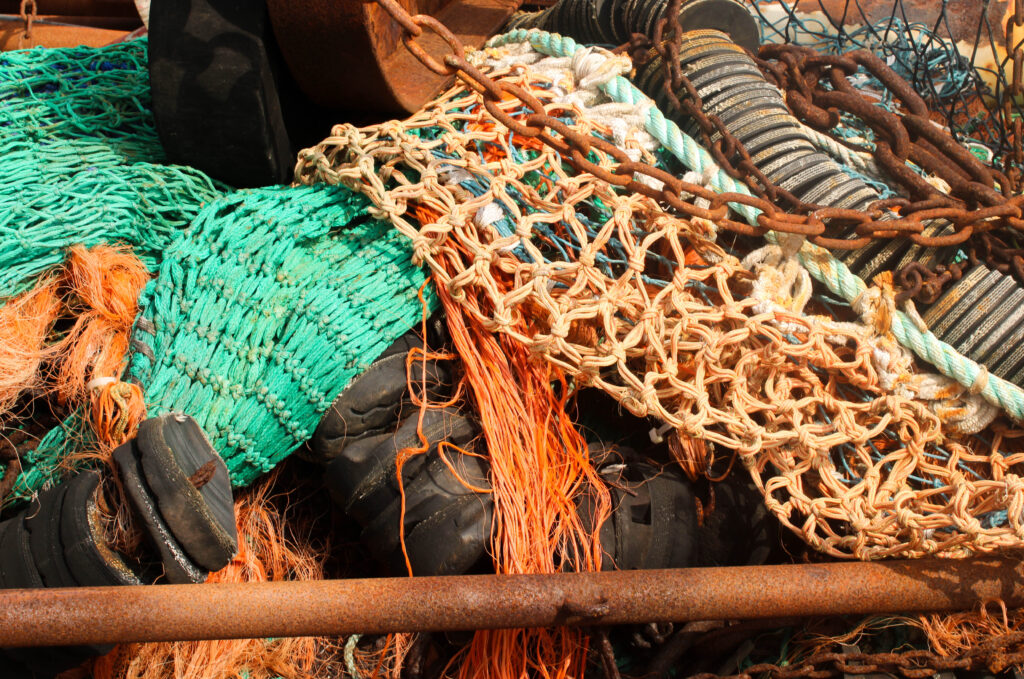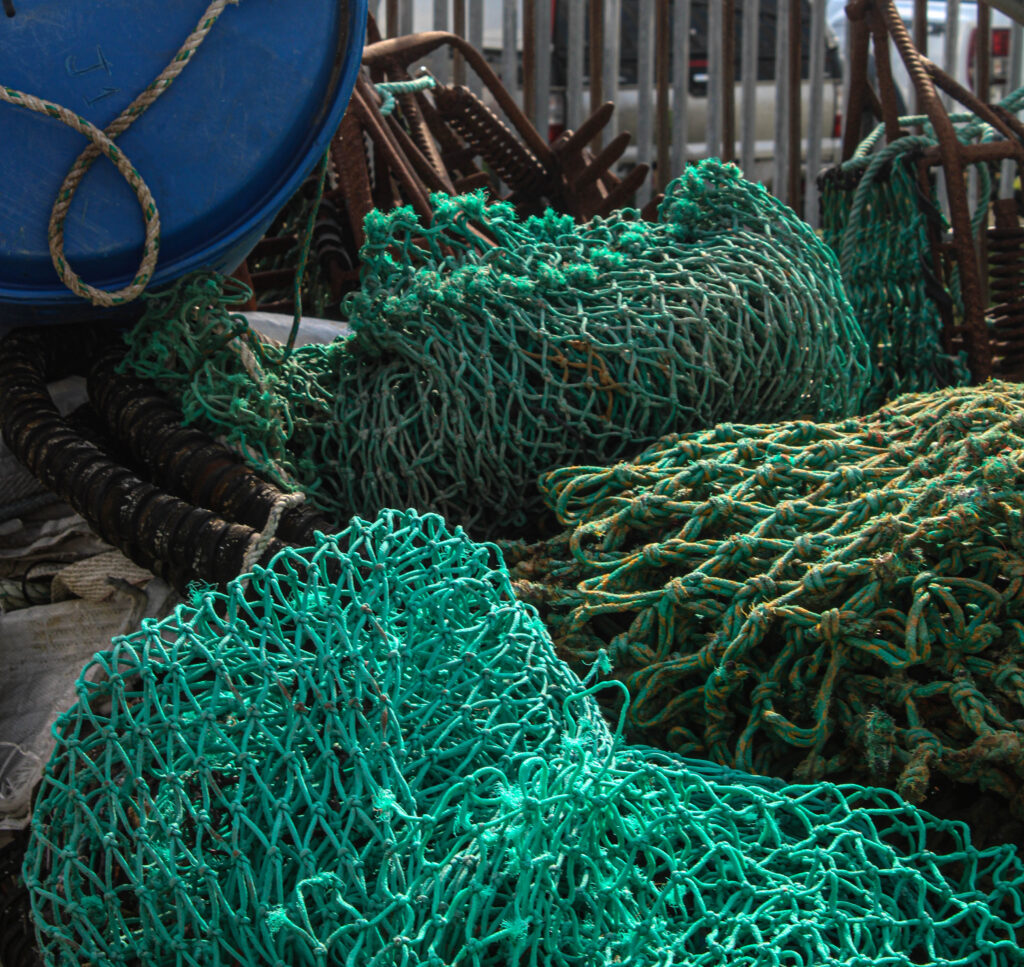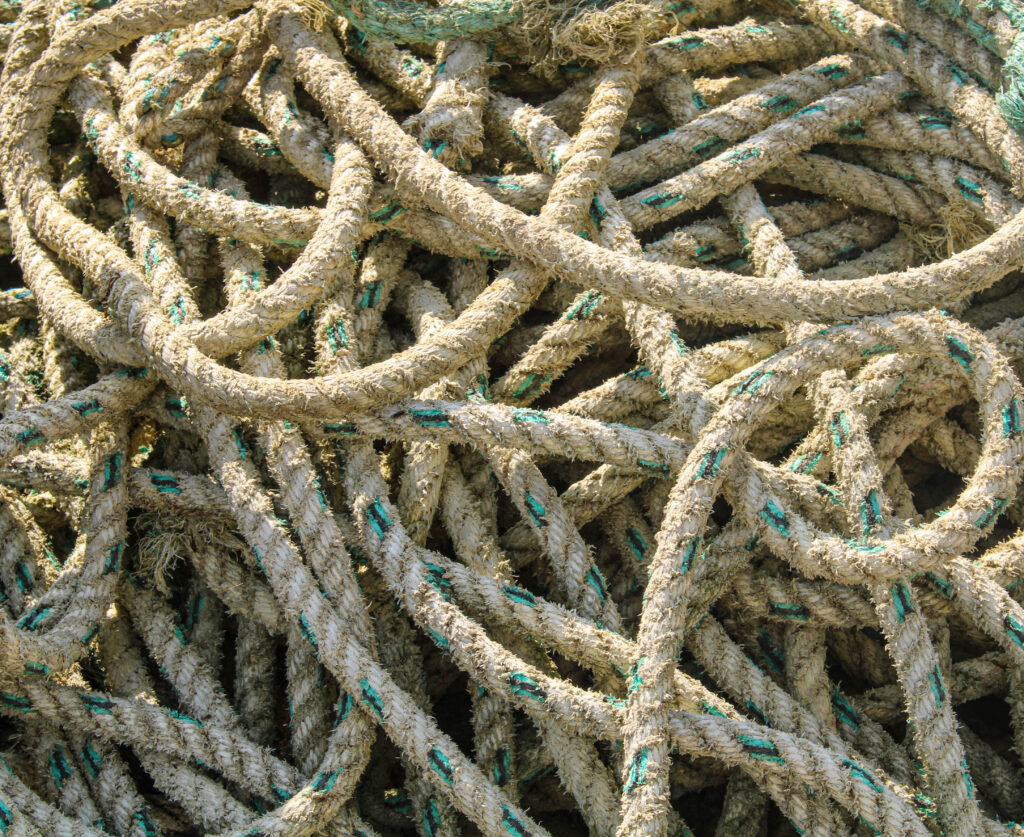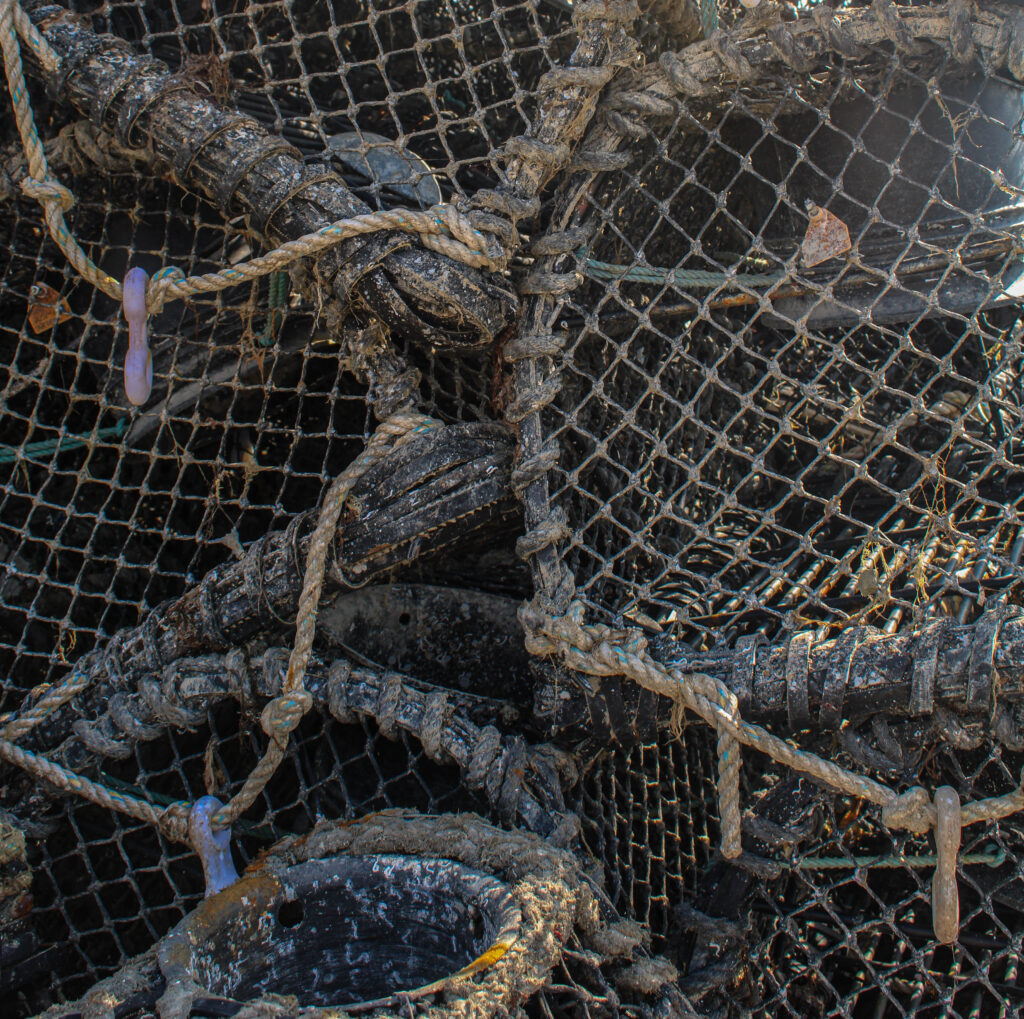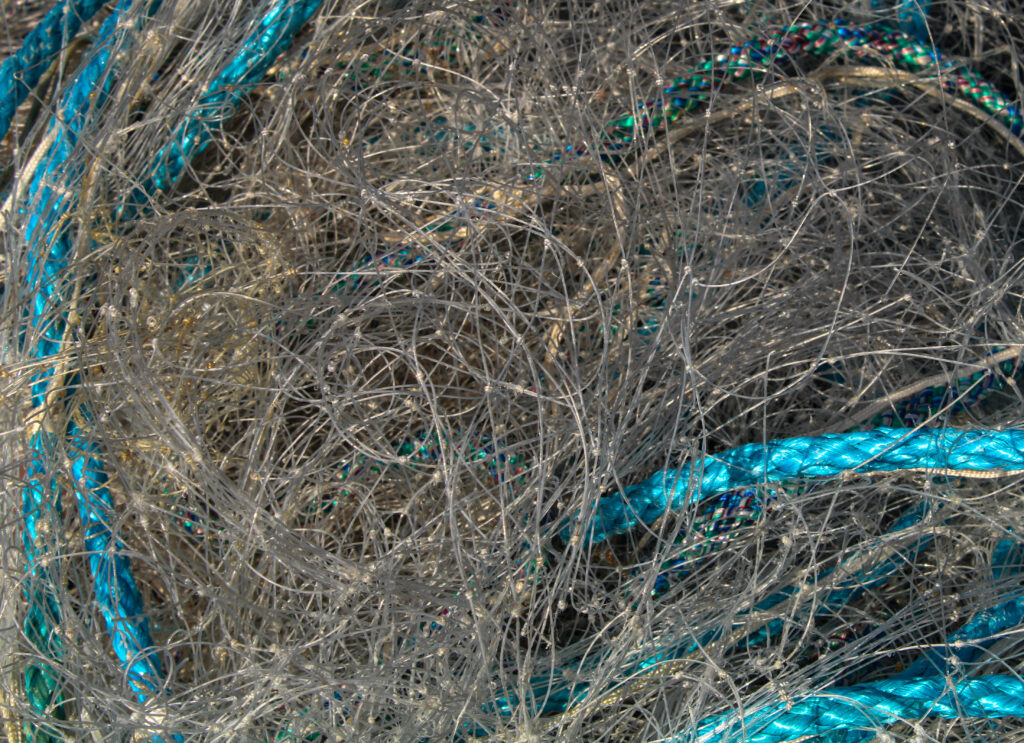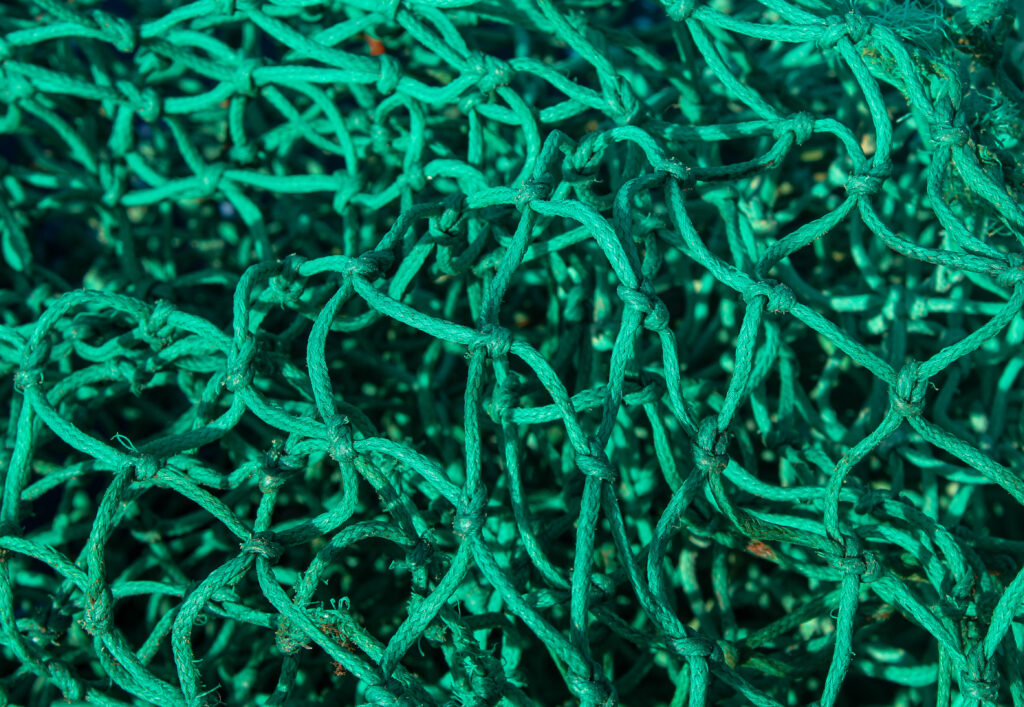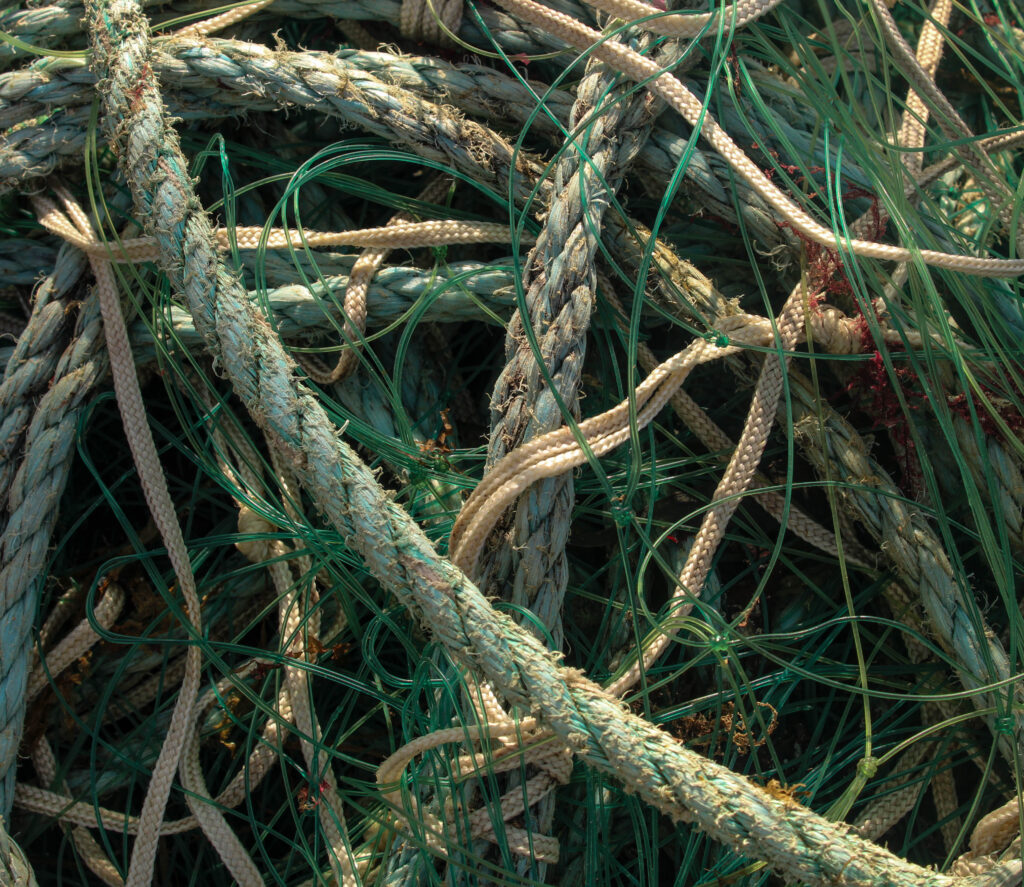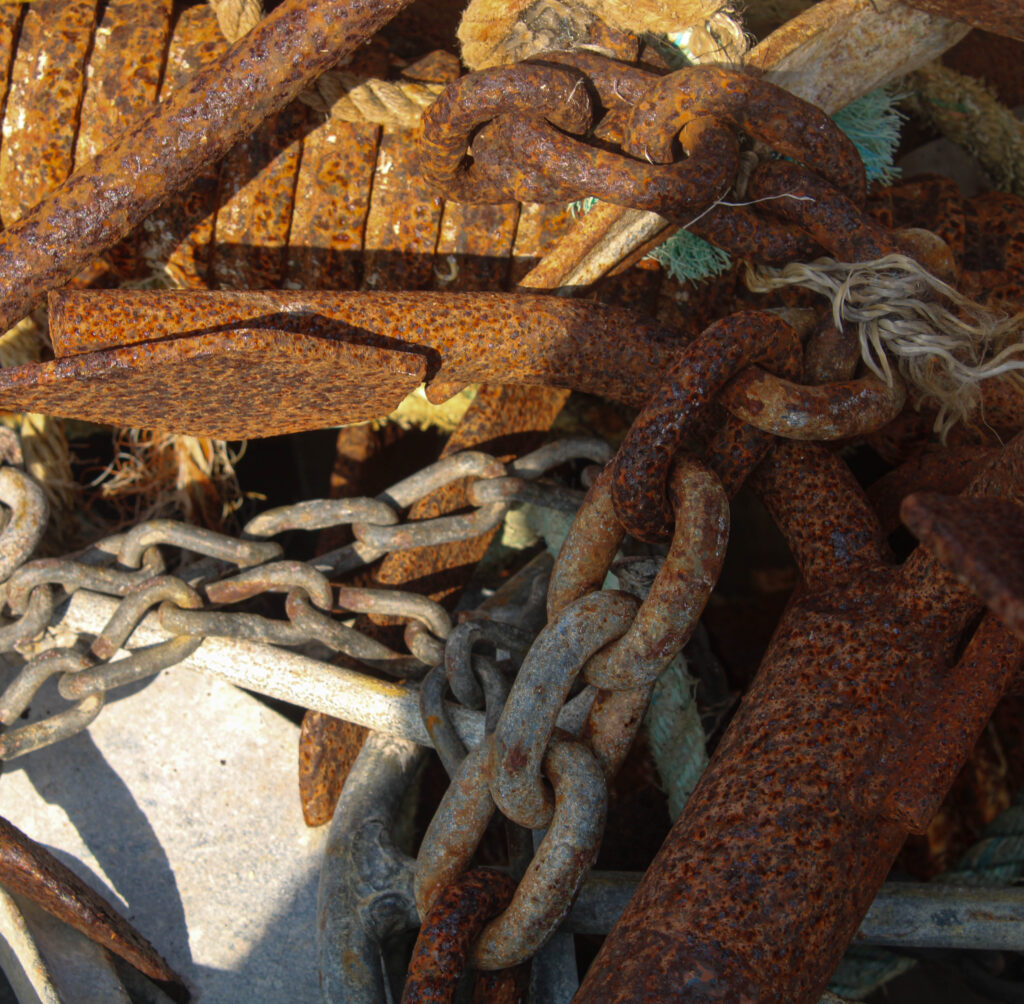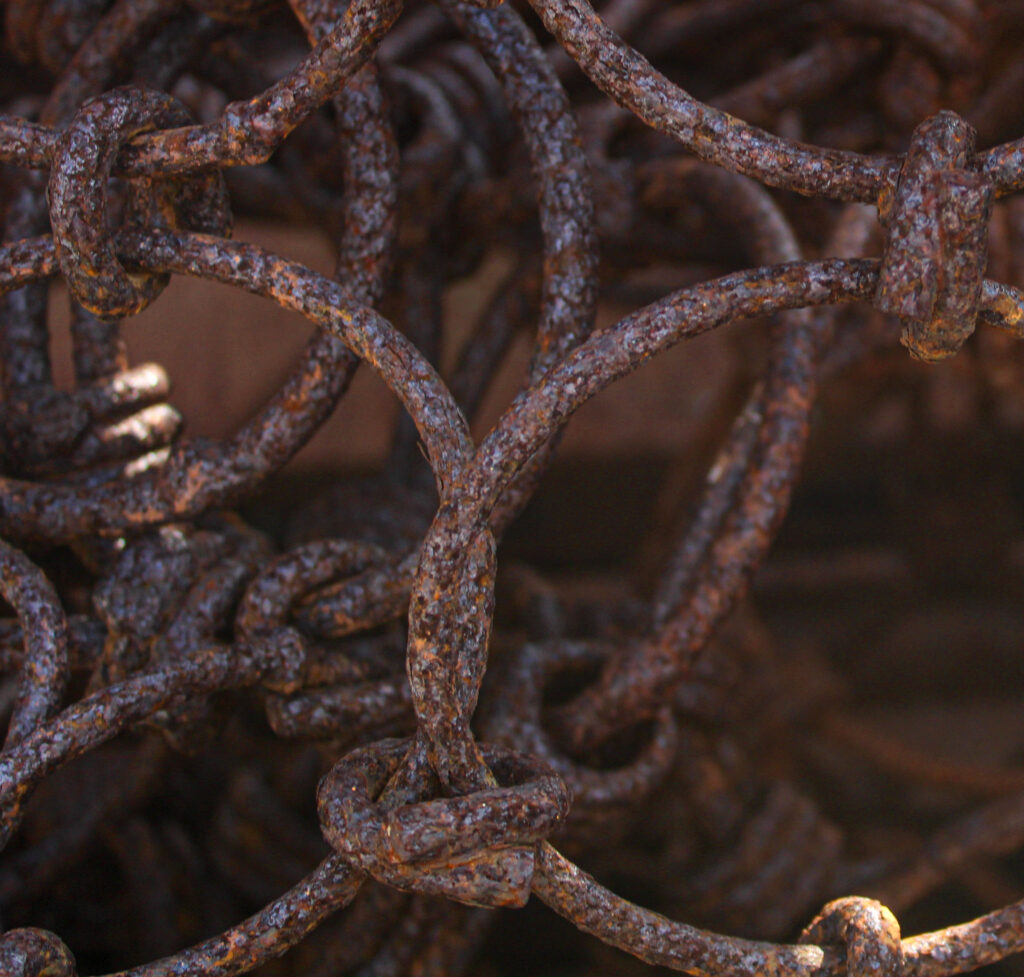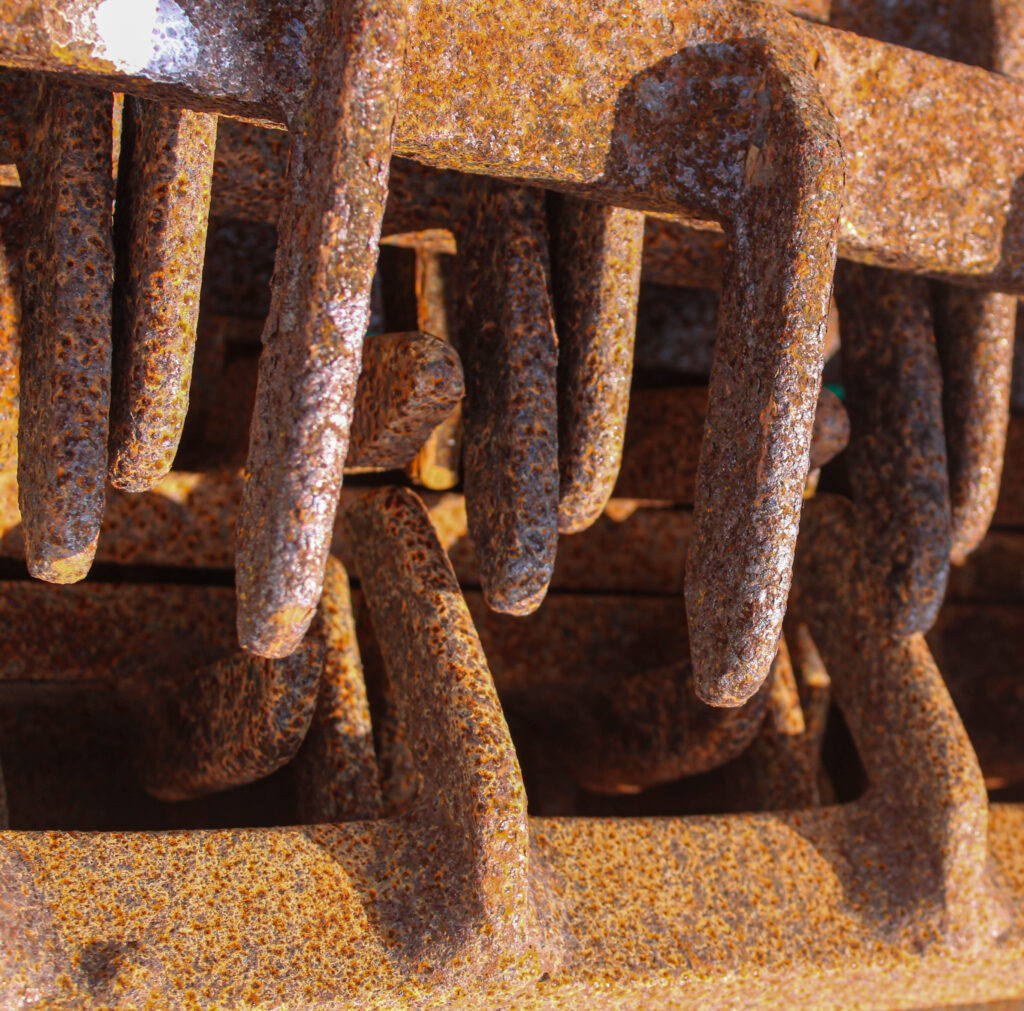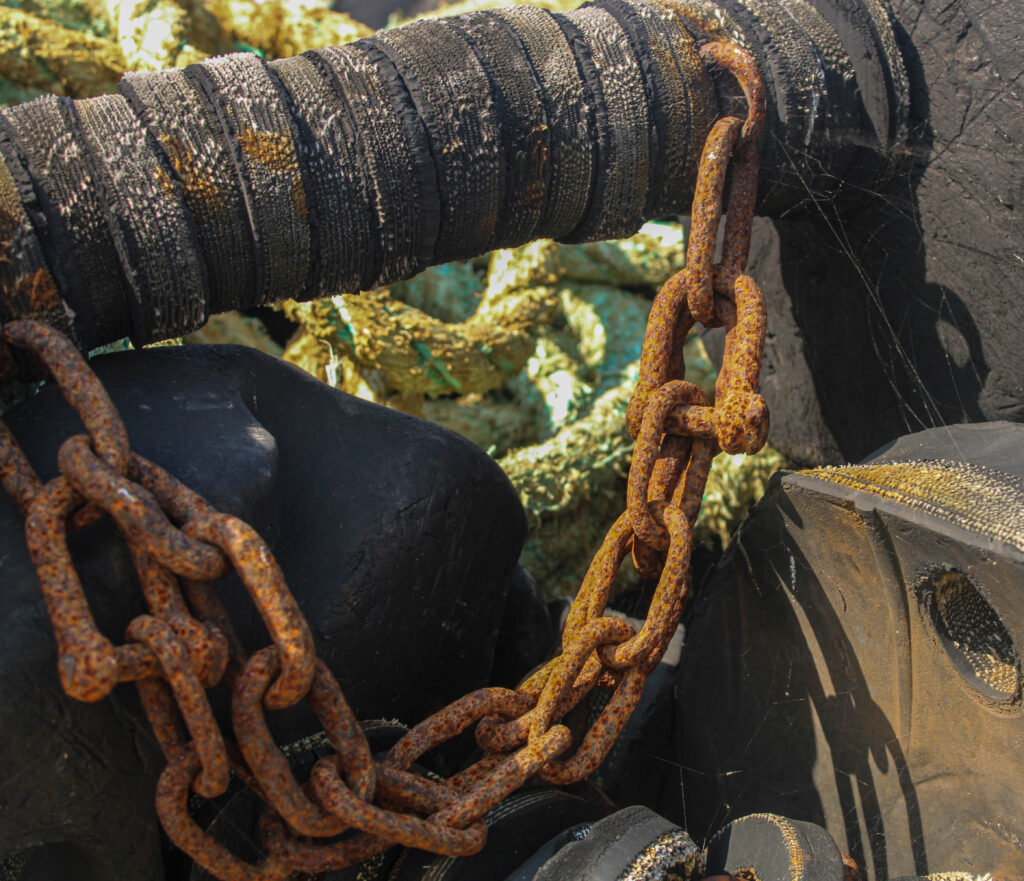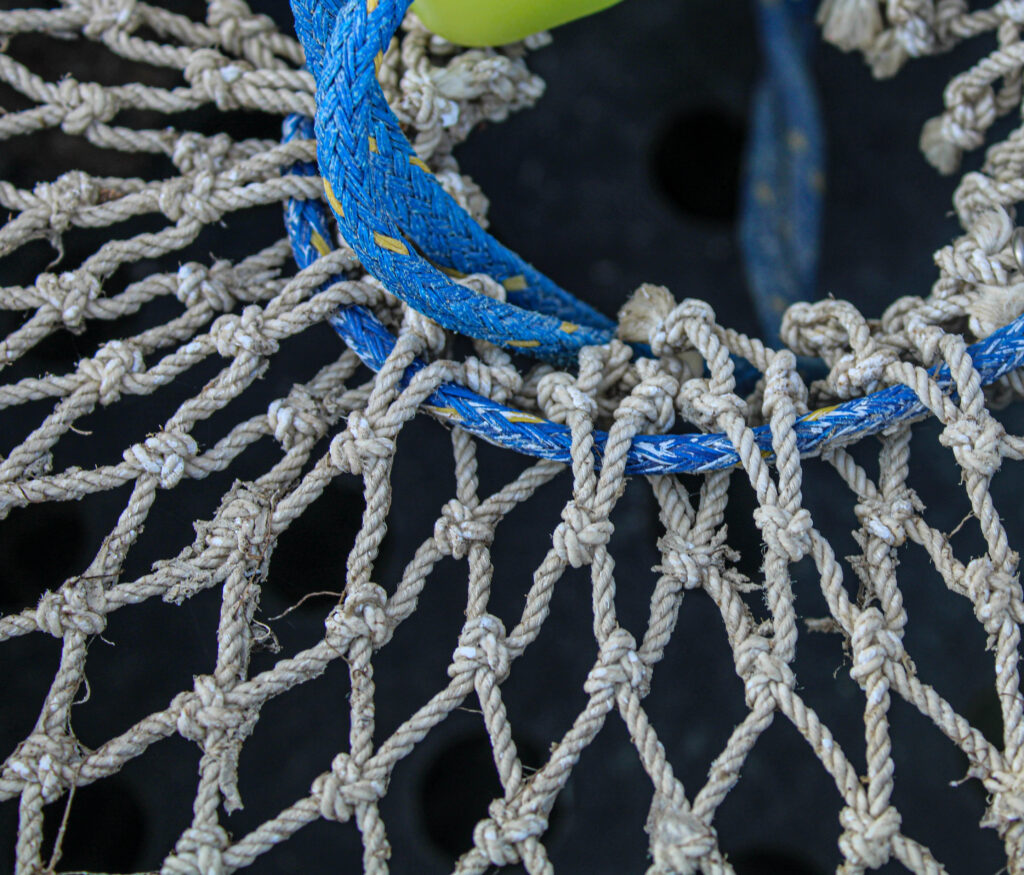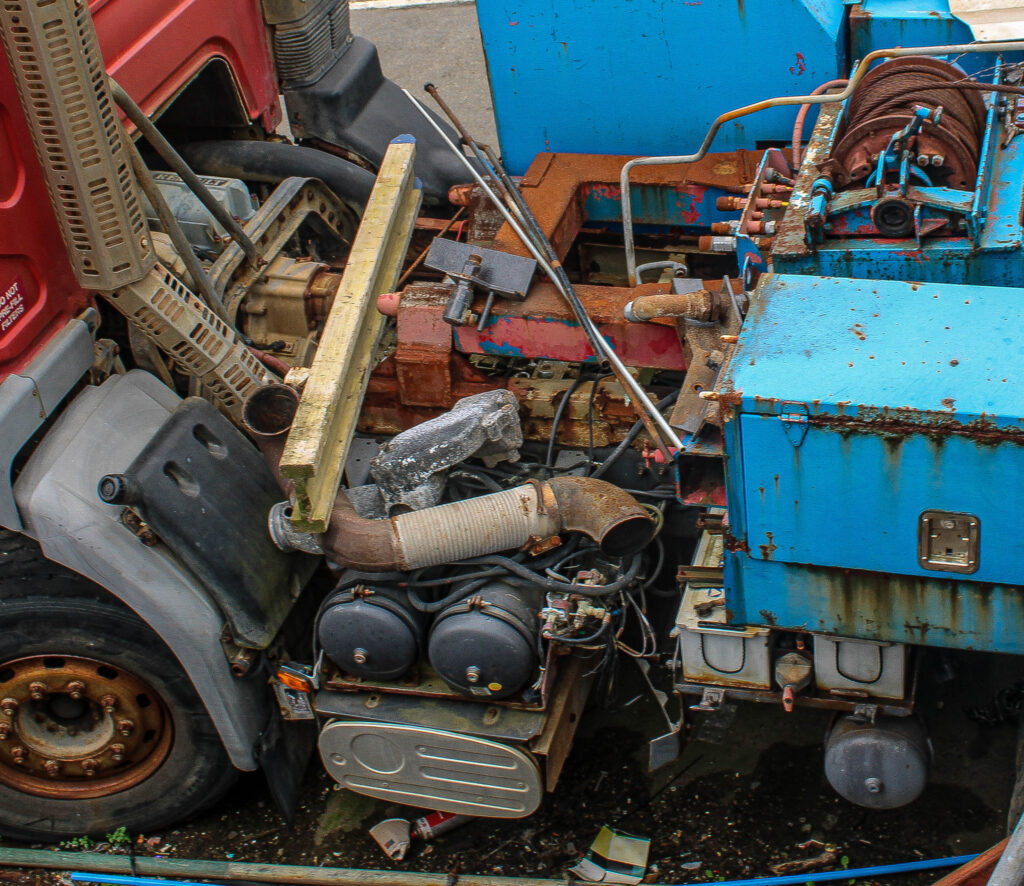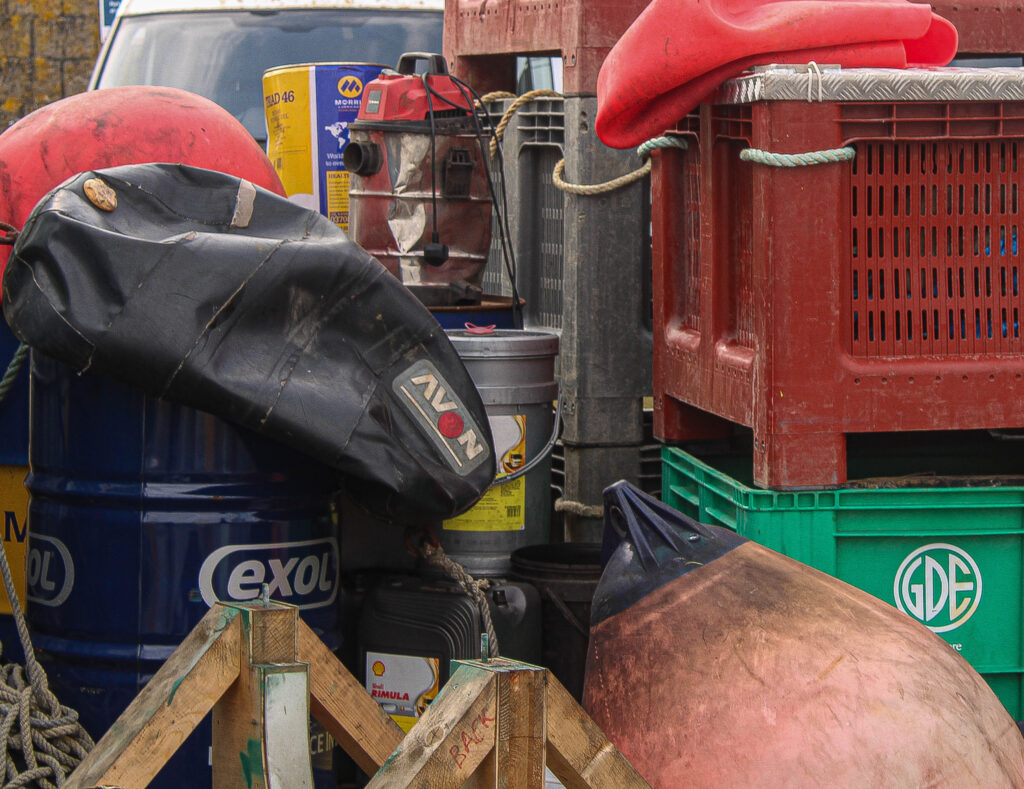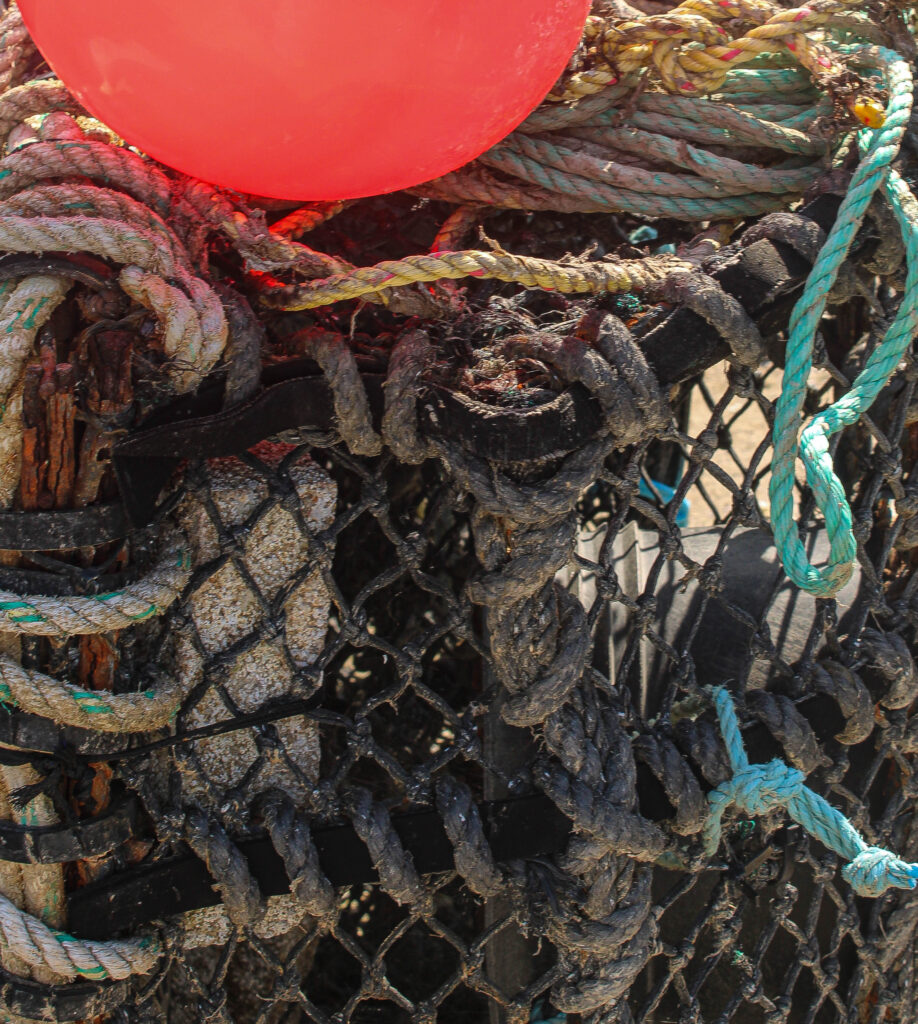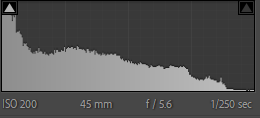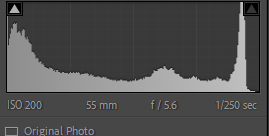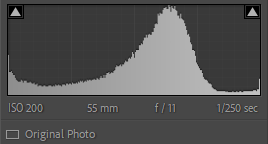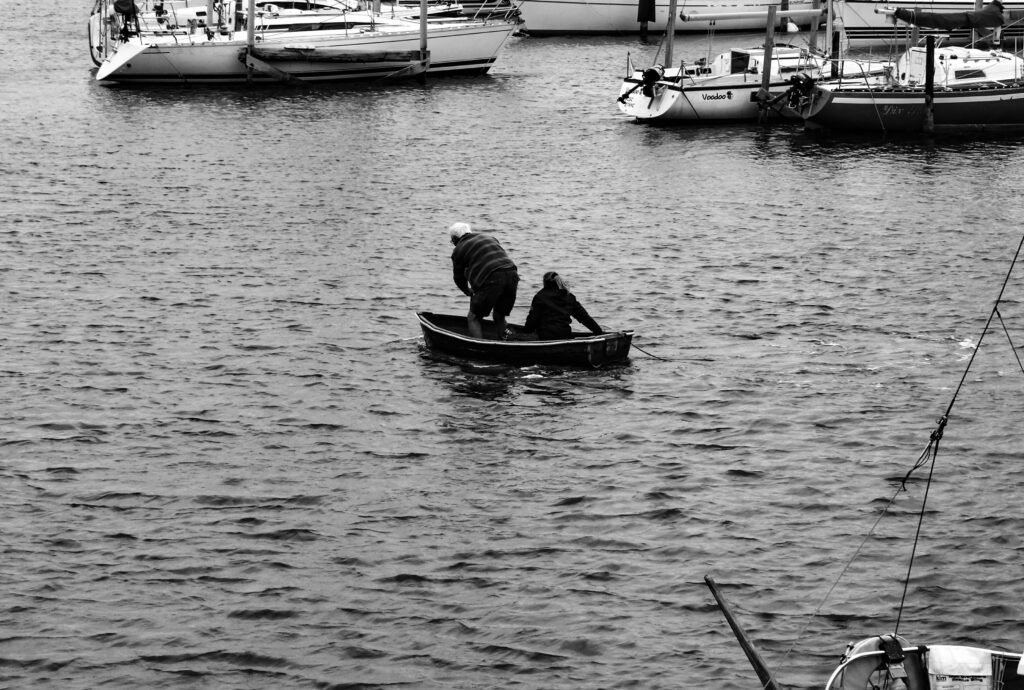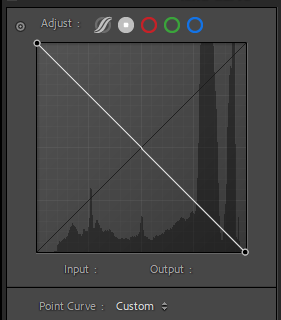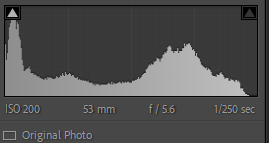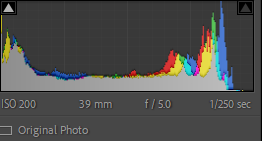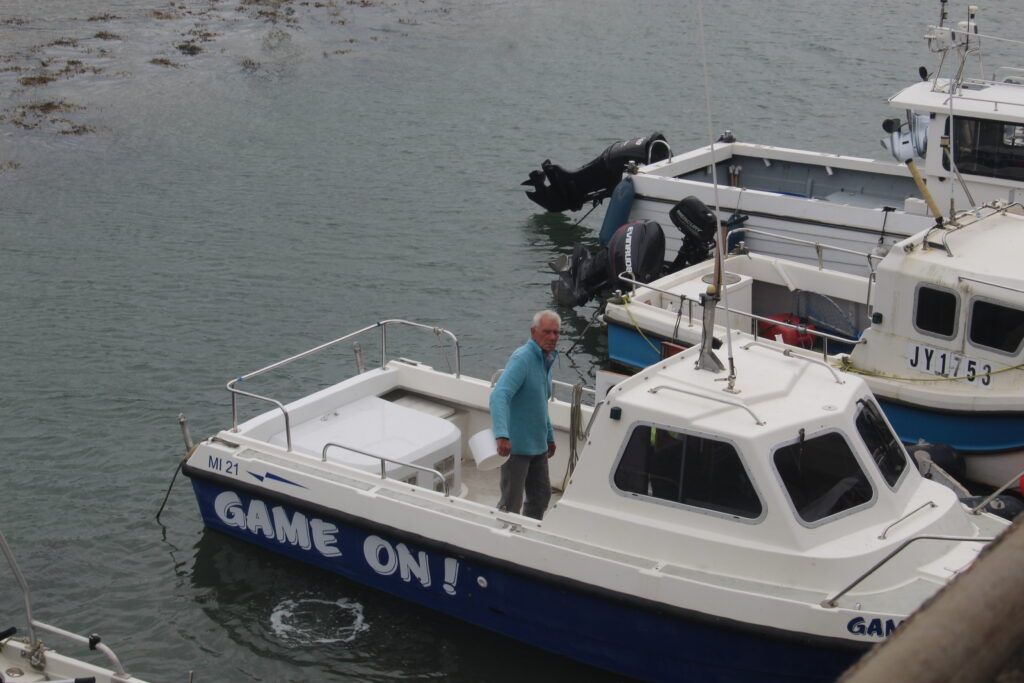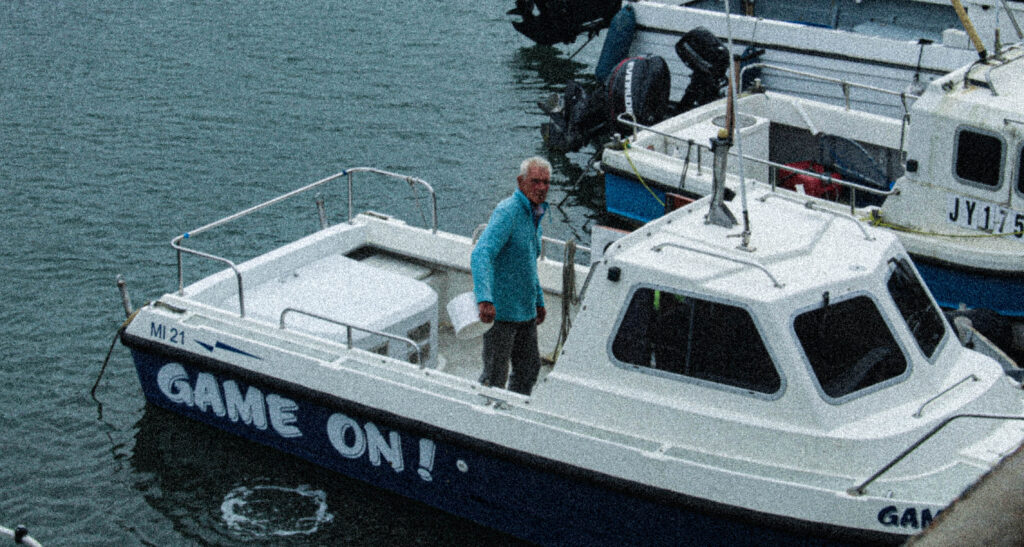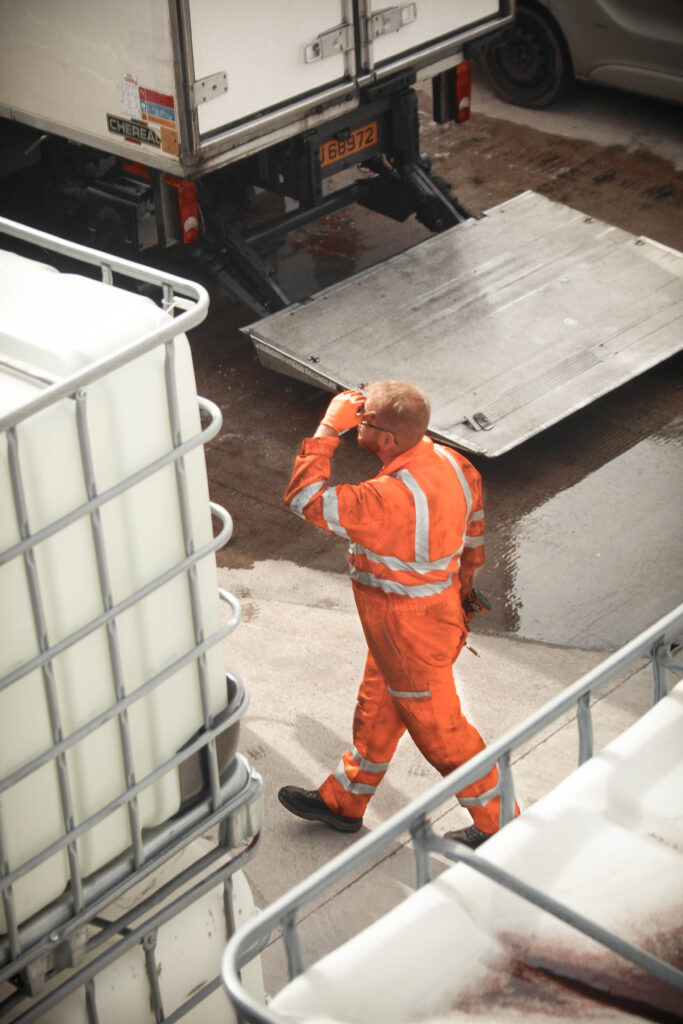My photoshoot took place down at Société Jersiaise Photographic Archive and St Helier Harbour in order to show the history and development of Jersey’s maritime culture and how the fishing industry substantially benefits Jersey’s survival.
CONTACT SHEETS:




Due to the weather conditions being poor, I took multiple images of the same thing in order to ensure the wind and rain didn’t make the camera go out of focus or blur. This meant that I could go through each selection in sections and choose which images had the best composition.
MY EDITS:


I think these two images are really successful as I have been able to make the seagulls, birds which are very common to Jersey as we have hundreds surrounding the island (alongside them being native to the sea), the main focal point of my image by making my background of the harbour become blurred. I feel that this has worked very well because, although I am still taking images of the harbour, this makes the image more interesting and tell a better story as its a quiet nod to the type of environment these people are working in every day, with the gloomy weather contributing to that.

For this, I used a horizontal cropping technique after completely zooming out my camera lens in order to not only capture the vastness of ships loading and unloading, but also make this appear as a panoramic as this meant that the harbour was the sole focus of the image and not taken up by negative space – a large amount of the sky or sea.

I selected this image because not only did I think the vertical angle makes the focal point of the boat look extremely large in comparison to the men working on the boat, but I feel that this juxtaposes images of teams of fishermen in the past working on large ships with little equipment at all towards this image of two men on a modernised sailing boat using high level technology to manoeuvre it.

Similarly, I feel that this boat suggests the same idea.

I liked this image because of the way the diagonal angle makes this image look more dramatic and mysterious, as if someone is slyly moving through the harbour trying to remain unnoticed. As well as this, it means there are many ambiguous lines moving and pointing in all directions, creating a cross-hatched type of pattern scattering across the screen and making the viewers eyes be signalled all over the screen.

I selected this image as I felt it tells the story on how these cargo ships and loaded or unloaded, as well as showing a contrast from how fishermen used to have to manually perform these acts at great difficulty in comparison to this industry becoming more modernised and using heavy machinery through Ports of Jersey in order to complete jobs and tasks with more efficiency.


I took these images of the Ariadne steam clock because, not only is it the largest in the world, it is a full-scale replica of the centre section of a paddleboat. I thought it would be useful to incorporate this into my work because it resembles a ships funnel and reflects Jersey’s long association with the sea.



This image here is a memorial dedicated to the RNLI, a crew of dedicated volunteers and staff concerned with the dangers of commercial fishing and keeping fishermen safe whilst at work. I wanted to photograph this as I felt it was really important due to this company being one of the main helpers in times of danger, for example if a fisherman is experiencing trouble at sea during rogue weathers, possibly in a storm.


These images are of an abstract structure of three block coloured anchors spiralling up into the air.


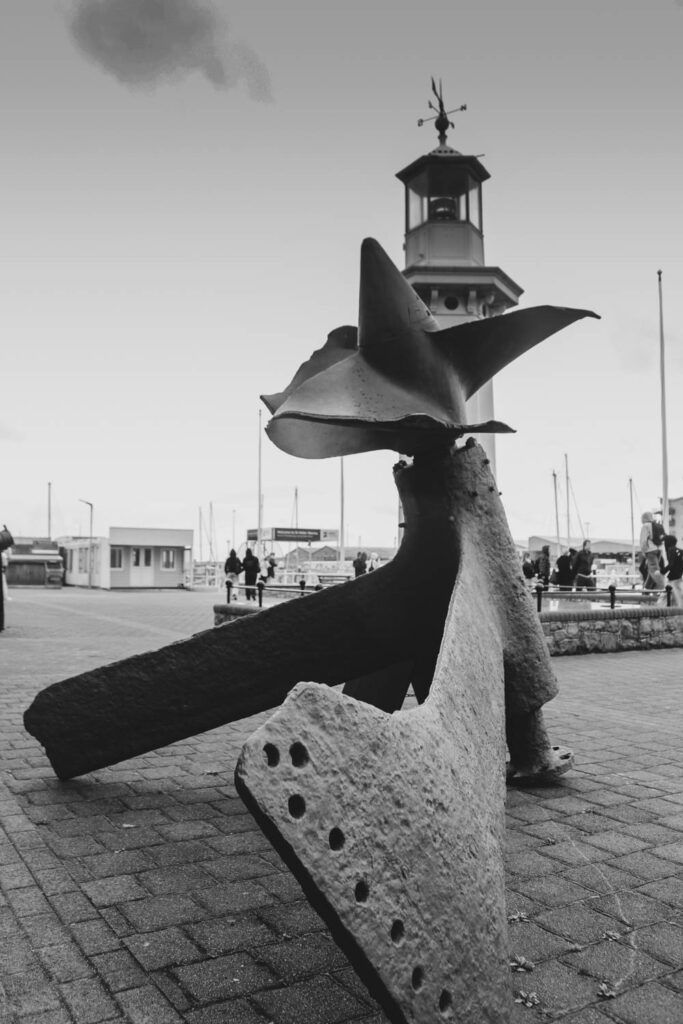
These two images depict a ships anchor, put into both monochrome and colour as whilst in the colour it has rich shades of red, I also liked the way the black and white version looked more modest.

I took this image of the roof of the maritime museum, crowded by a statue of a woman which would have been seen on the bow of an old ship, accompanied by a weather vane. I felt these two factors were relevant here because not only does it note the history of the structure of ships and shows the modernised change in the way they are manufactured, but also a weather vane which would’ve been important for fisherman to use in order to see the strength and direction of the wind before setting off to sea. As well as this, I feel that this is very important to show because the fact that a woman was placed on the bow of these ships shows the way traditional roles and social norms were – the men working doing these dangerous jobs whilst the wife sits at home looking after the children.


In this image, I really liked the way the buoy in the foreground, used in emergency situations when someone is in the water, and puts the harbour behind it out of focus. As well as this, I feel that this shows the extensive length of the harbour and makes it look bold.

I took this image facing down the stairs into the harbours waters, where many sailing boats and dinghy boats used to sail out to them, because this would be the perspective of a fisherman when going down into the boat to set sail.


In this image, I took it at a diagonal angle in order to capture the red buoy with the long stretch of harbour following behing it. I think that this worked really well because of the way the smaller boats are piling on top of eachother in the foreground, however as the camera pans back the boats are in a more relaxed state.
Typologies:
During my photoshoot, I took some images of structures created for and around the sea, in use and not, which are used for communications of fisherman at sea and with the island. I took them in this style because I felt as I feel that the anonymity this style provides makes the image more powerful as it is the focal point in the image and placed in the centre, showing significance and importance. As well as this, I feel that its a minimalistic way to show how, as a society, we find ways to update and advance technology, being applicable here through the way Jersey’s maritime history has gone from voyages at sea for months on end with no practical way to communicate back to the island, to a consistently developing fishing culture.






History:


This image is of one of many plaques placed on a benches, stating the name, weight and date of which one of the many sailing boats were in use within the harbour. I wanted to include this within my work as I feel that this acts like a memoir to the past, showing the kind of language these fishermen used and the old fashioned manor of which these boats were spoken about. I also think that the use of a harsh font portrays a viewpoint of strength and power, announcing that these boats were of high status at the time and extremely significant to the advancements made.

I selected this image of a reconstructed cannon because I liked the way I took it from a low angle, following upwards through the spine of the cannon. This is because I feel that this shows the depth and length of this weapon, and gives a powerful and bold feel to the images, specifically in black and white.

Down on the side of the lighthouse within my other images, a plaque dedicated to a person during concentration times and tells a story about this. This is important because it’s informative of Jersey’s history and stands as a idolisation of someone, fighting for their country.


This mural on the wall of the car park overlooking the harbour depicts a story of World War cargo ships and fisherman working to import and export cod in a black and white tone, contrasted against bright solid colours of red, cyan and yellow showing our society now and the simpler way these jobs are carried out now.










